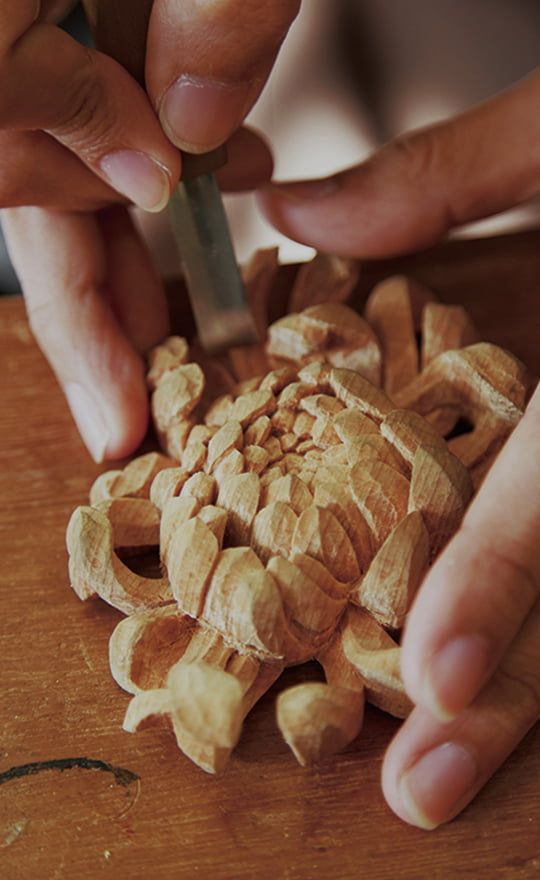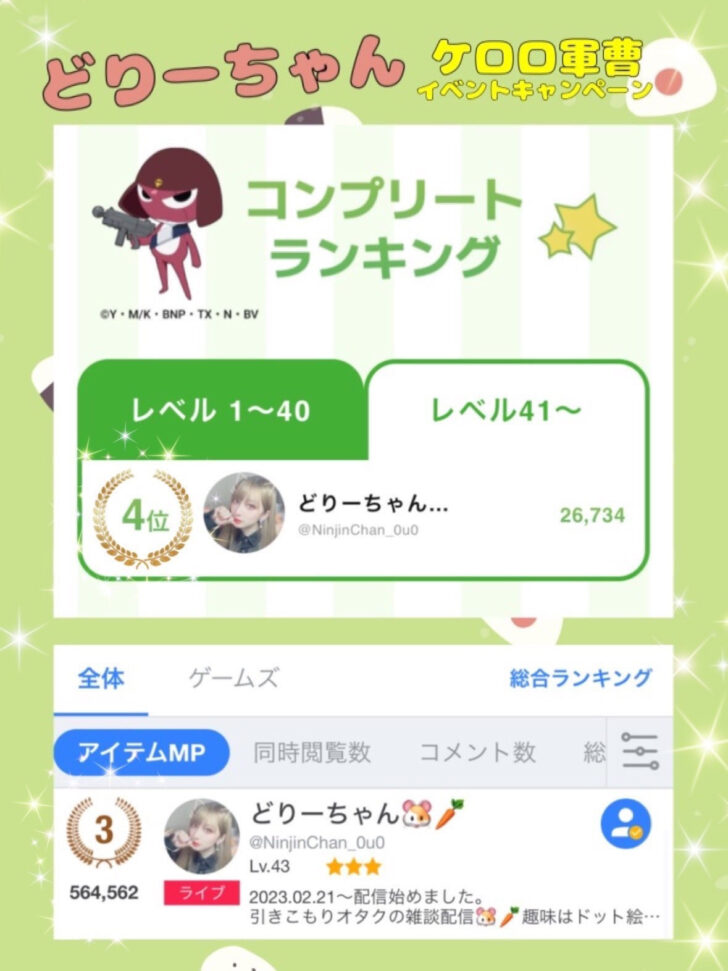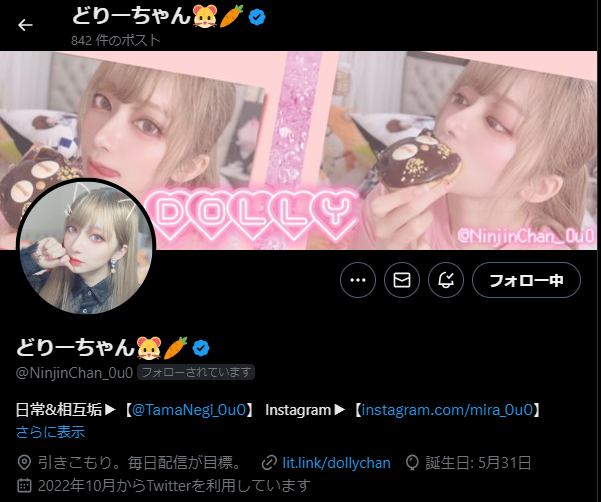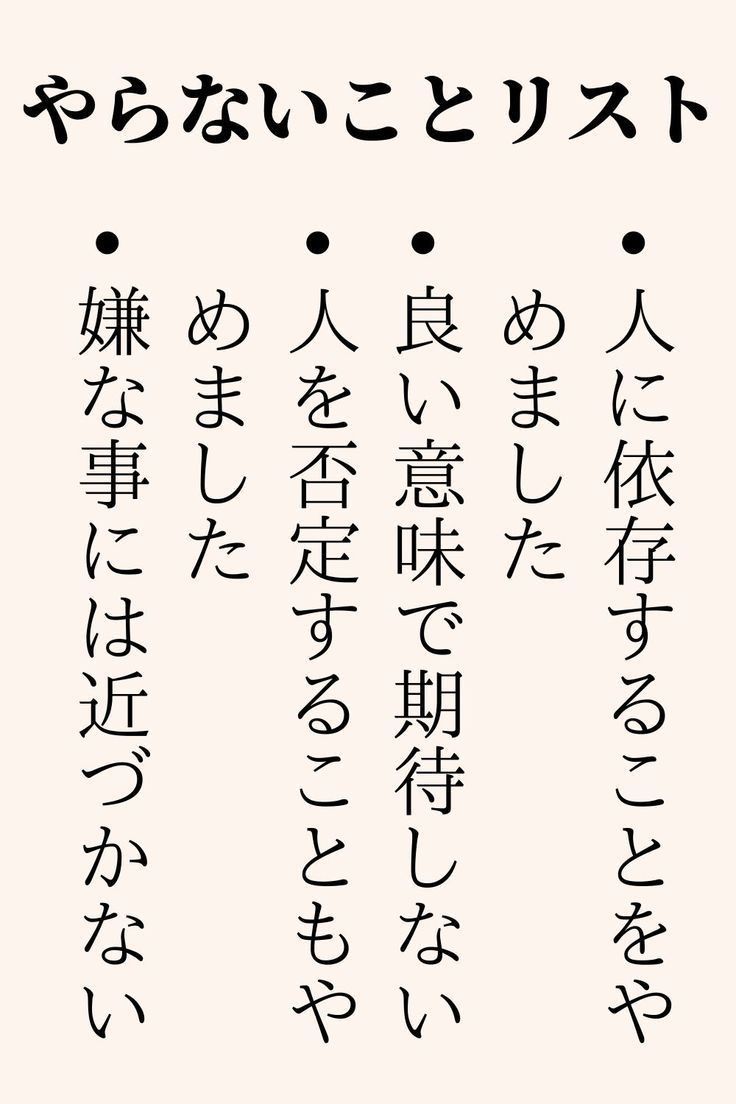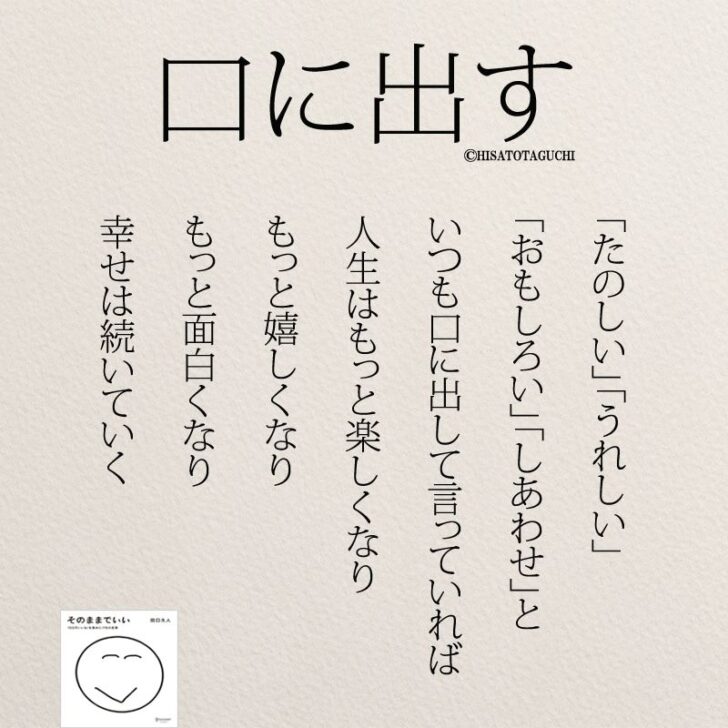捉え方を変える
特に過去と未来について考えを変えるためには、
いくつかのステップを踏むことが有効です。
1. 過去の出来事を受け入れる
過去の出来事は変えられません。後悔や罪悪感にとらわれすぎると、前に進むことを妨げてしまいます。まずは、過去の出来事をありのままに受け入れることから始めましょう。
2. 過去から学ぶ
過去の経験は、貴重な学びの機会です。何がうまくいき、何がうまくいかなかったのかを振り返り、教訓を引き出すことで、未来の選択に活かすことができます。
3. 過去にとらわれない→下記に追記
過去の出来事に縛られすぎると、未来の可能性を狭めてしまいます。過去の経験から学びつつも、過去にとらわれず、未来に目を向けることが大切です。
4. 未来へのビジョンを持つ
どのような未来を望むのか、具体的なビジョンを持つことは、目標設定や行動計画に役立ちます。未来への希望を持つことで、前向きな気持ちで日々を過ごすことができます。
5. 柔軟な思考を持つ
物事の捉え方は一つではありません。状況や視点を変えることで、新たな可能性が見えてくることがあります。固定観念にとらわれず、柔軟な思考を持つことが大切です。
6. ポジティブな言葉を使う
言葉は思考や感情に影響を与えます。ネガティブな言葉ではなく、ポジティブな言葉を使うことで、前向きな気持ちになり、行動にも良い影響を与えます。
7. 周囲のサポートを受ける
一人で考えを変えることは難しい場合もあります。家族や友人、専門家など、信頼できる人に相談することで、新たな視点や解決策が見つかることがあります。
これらのステップを踏むことで、過去と未来に対する考え方を変えることができます。焦らず、少しずつ取り組んでいきましょう。
3. 過去にとらわれない箇所追記
過去にとらわれないためには、以下の考え方が重要です。
-
過去は変えられないという事実を受け入れる: 過去の出来事は、どんなに後悔しても変えることはできません。まずはこの事実を受け入れることから始めましょう。
→ここだけ一点!!
10代・20代・30代・40代で同じ出来事起こっても対応は違っている。(40代なのでここまでしか知らない。)
事実は変わらないが過去に起きた事実の認識と状況は今と違っているため、その時の結果に関する捉え方を変えると結果的には過去が変わる。これだけは間違いない、それが成長となる。その時はそうだった、そうした対応をしたけれど今なら先なら対応を変えることができる。その際に、今からでもやり直しが効くなら対象は違えど自分の変化が起こる。
-
過去から学ぶ: 過去の経験は、貴重な学びの機会です。何がうまくいき、何がうまくいかなかったのかを客観的に分析し、教訓として未来に活かしましょう。
-
過去にとらわれることは、未来の可能性を狭める: 過去の失敗や後悔にばかり目を向けていると、未来への希望や可能性を見失ってしまいます。過去は過去として受け止め、未来に目を向けることが大切です。
-
「今」に集中する: 過去にとらわれている間は、「今」を生きていません。「今」という瞬間に集中することで、過去の出来事から意識を離し、前向きな気持ちで未来に向かって進むことができます。
-
自分を許す: 過去の自分を責め続けることは、精神的な負担になります。過去の自分を許し、受け入れることで、心の重荷を下ろし、前に進むことができます。
-
感謝の気持ちを持つ: 過去の経験があったからこそ、今の自分があるという感謝の気持ちを持つことで、過去を肯定的に捉え、未来への希望を持つことができます。
-
未来へのビジョンを持つ: どのような未来を望むのか、具体的なビジョンを持つことは、目標設定や行動計画に役立ちます。未来への希望を持つことで、過去にとらわれずに前向きな気持ちで日々を過ごすことができます。
-
小さな一歩を踏み出す: 過去にとらわれず、未来に向かって進むためには、具体的な行動が必要です。どんな小さな一歩でも良いので、まずは行動を起こしてみましょう。
これらの考え方を意識することで、過去にとらわれずに、未来に向かって前向きに進んでいくことができるでしょう。
change the way you think
Especially to change your mind about the past and the future.
It helps to take several steps.
1. Accept what happened in the past
Past events cannot be changed. If you get too caught up in regret or guilt, it will prevent you from moving forward. Let’s start by accepting what happened in the past as it is.
2. Learn from the past
Past experiences are valuable learning opportunities. You can reflect on what worked and what didn’t and draw lessons to inform future choices.
3. Don’t get caught up in the past → Add below
Being too tied to past events limits future possibilities. While learning from past experiences, it is important to look to the future and not get bogged down in the past.
4. Have a vision for the future
Having a concrete vision of what kind of future you want will help you set goals and plan your actions. Having hope for the future allows you to spend each day with a positive mindset.
5. Have a flexible mindset
There is more than just one way to look at things. By changing your situation and perspective, new possibilities may emerge. It is important to think flexibly and not be bound by fixed ideas.
6. Use positive language
Words influence thoughts and emotions. By using positive words instead of negative words, you will feel positive and have a positive influence on your actions.
7. Get support from those around you
It can be difficult to change your mind alone. Talking to people you trust, such as family, friends, or experts, can help you find new perspectives and solutions.
By taking these steps, you can change the way you think about the past and the future. Don’t rush, just work on it little by little.
3. Addition of parts that are not tied to the past
In order not to get stuck in the past, the following ideas are important.
Accept the fact that you can’t change the past: No amount of regret can change what happened in the past. Let’s start by accepting this fact.
→ Only one thing here! !
Even if the same event happens to people in their teens, 20s, 30s, and 40s, they will respond differently. (I’m in my 40s, so I only know this much.)
Although the facts remain the same, the perception of the facts that happened in the past and the situation are different from the present, so changing the way you perceive the outcome at that time will ultimately change the past. There is no doubt about this, that is growth. That was the case at the time, and that’s how I responded, but I can change my response now. At that time, if I could start over now, I would be able to change myself, even if the target is different.
Learning from the past: Past experiences are valuable learning opportunities. Objectively analyze what went well and what didn’t, and use the lessons learned for the future.
Preoccupation with the past limits future possibilities: When we focus on past failures and regrets, we lose sight of the hopes and possibilities for the future. It is important to accept the past as the past and look to the future.
Focus on the Now: When you’re stuck in the past, you’re not living in the Now. By focusing on the “now” moment, you can take your mind off of past events and move toward the future with a positive mindset.
Forgive yourself: Continuing to blame yourself for your past can be mentally taxing. By forgiving and accepting your past self, you can shed the burden of your heart and move forward.
Have an attitude of gratitude: By having an attitude of gratitude that you are who you are today because of your past experiences, you can view the past in a positive light and have hope for the future.
Have a vision for the future: Having a concrete vision of what you want your future to look like will help you set goals and plan your actions. Having hope for the future allows you to live each day with a positive mindset and not get bogged down in the past.
Take small steps: To move beyond the past and move towards the future, you need concrete actions. Take action, no matter how small the step.
By being aware of these ways of thinking, you will be able to move forward positively toward the future without getting bogged down in the past.


総合メーカーのオミノ。-General-Signs-Displays-Manufacturing-Company-in-RyogokuTokyo-JAPAN_.jpg)

